Difference Between Travertine vs Italian Marble

Which is Better For Interior Quartz vs Marble?
April 3, 2024
Top 10 Best Italian Marble for Kitchen
April 5, 2024Travertine and Italian marble are two popular natural stones in interior design and architectural elegance. Both are known for their timeless beauty and versatility, having graced ancient monuments, palatial estates, and contemporary homes.
Understanding the differences between travertine and Italian marble is crucial for homeowners and designers looking to revamp their living spaces or construct projects.
This comprehensive guide delves into the intricate characteristics, origins, and applications of these stones, making it an essential resource for those seeking to elevate their interior aesthetic or navigate the vast array of materials.
Understanding Travertine
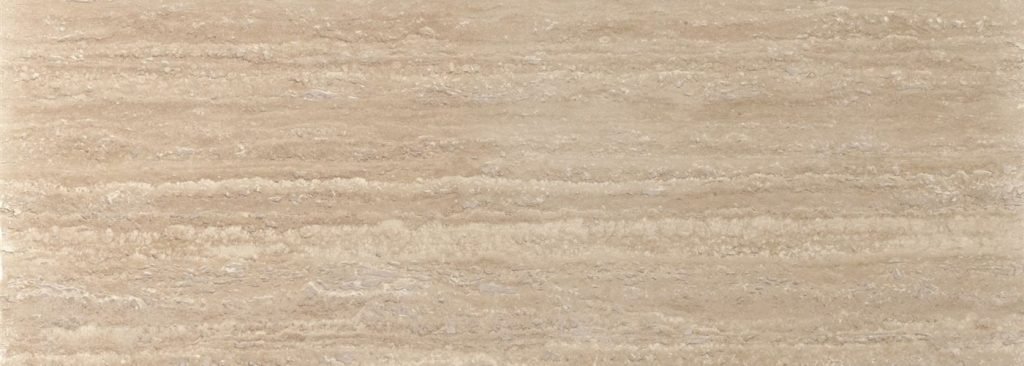
Travertine, a natural stone originating from regions rich in calcium carbonate, is a popular choice for architects and interior designers due to its unique characteristics and versatile applications.
Originating from regions like Italy, Turkey, and Mexico, travertine offers earthy tones and a textured surface, adding a sense of rustic elegance.
It can be used for flooring, countertops, backsplashes, and accent walls, complementing both traditional and contemporary aesthetics.
Travertine’s durability and resistance to heat and moisture make it ideal for high-traffic areas like kitchens, bathrooms, and outdoor patios. With proper sealing and maintenance, travertine surfaces can withstand the test of time, enhancing their natural beauty.
| 📱ENQUIRY! Send Your Inquiry Directly on WhatsApp |
Exploring Italian Marble
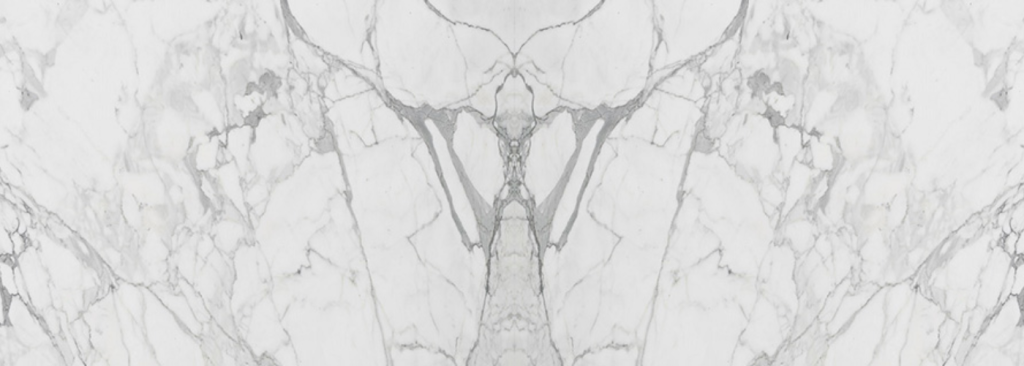
Italian marble is a timeless symbol of luxury and sophistication in architecture and interior design. Originating from Italy’s mountainous quarries, it embodies opulence with its luminous surface and intricate veining patterns.
With proper care and maintenance, Italian marble surfaces retain their luster and elegance for generations. Its versatility in various architectural and design applications, from grand foyers to kitchen countertops, adds sophistication and luxury to any interior setting.
Italian marble transcends trends and remains an enduring testament to the elegance and magnificence of natural stone.
| 📱ENQUIRY! Send Your Inquiry Directly on WhatsApp |
Difference Between Travertine vs Italian Marble

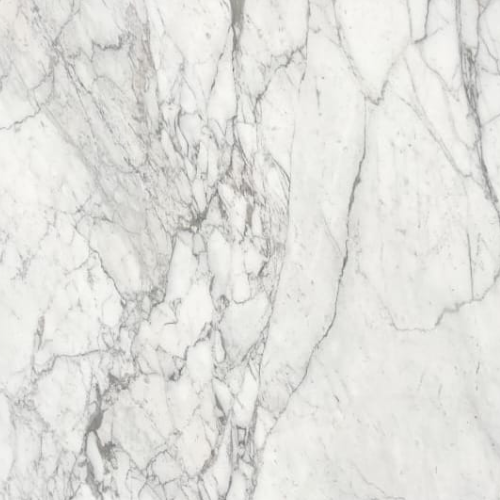
Travertine and Italian marble are both popular choices for flooring, countertops, and various architectural applications. While they are both natural stones, there are several differences between them.
| Aspect | Travertine | Italian Marble |
|---|---|---|
| Formation | Formed from calcium carbonate in mineral springs | Formed from limestone through metamorphosis |
| Appearance | Rustic, with visible pores and natural color variations | Luxurious, with smoother surface and intricate veining |
| Durability | Softer and more porous, prone to scratching and staining | Harder and more durable, less prone to damage |
| Usage | Commonly used for outdoor applications and indoors for flooring, walls, and fireplace surrounds | Preferred for high-end residential and commercial projects for flooring, countertops, and wall cladding |
| Cost | Generally more affordable compared to Italian marble | More expensive due to higher quality and luxurious appearance |
In short, Travertine and Italian marble are beautiful natural stones, but they differ in appearance, durability, usage, and cost, allowing homeowners and designers to select the option that suits their needs.
| 📱ENQUIRY! Send Your Inquiry Directly on WhatsApp |
Benefits of Using Travertine and Italian Marble
Here are the benefits of using both Travertine and Italian Marble in your residential and commercial spaces.
| Benefit | Travertine | Italian Marble |
|---|---|---|
| Natural Aesthetic | Offers rustic, natural appearance | Renowned for elegance and luxurious look |
| Versatility | Suitable for indoor and outdoor applications | Versatile in design options and applications |
| Heat Resistance | Naturally cool to touch, good heat resistance | Provides a luxurious feel, remains cool |
| Cost-Effectiveness | More affordable compared to Italian marble | Higher cost but adds significant value |
| Ease of Maintenance | Relatively easy to maintain with proper care | Requires regular maintenance for longevity |
| Durability | Softer and more prone to scratching and staining | Highly durable, resistant to wear and tear |
| Property Value Increase | Adds value to the property at a lower cost | Enhances property value, a desirable feature |
| Longevity | Can last for many years with proper maintenance | Known for longevity and timeless appeal |
In short, Both Travertine and Italian Marble offer distinct advantages such as natural aesthetics, versatility, durability, and luxury, enabling homeowners and designers to select the option that suits their specific needs.
| 📱ENQUIRY! Send Your Inquiry Directly on WhatsApp |
Best Uses of Travertine & Italian Marble in Interiors
Travertine and Italian Marble both offer unique characteristics that make them suitable for different uses in interior design. Here are some of the best uses for each material:
Best Uses of Travertine in Interiors
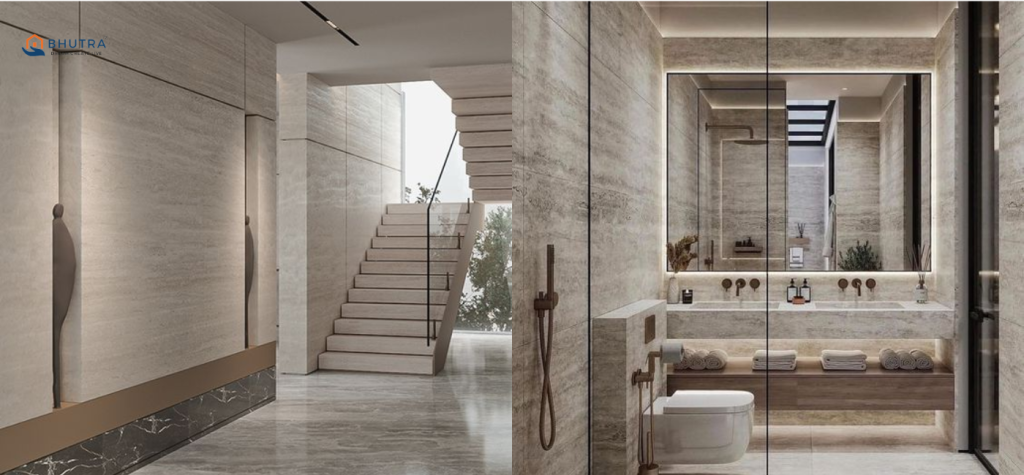
- Flooring: Travertine flooring is a popular choice for residential and commercial interiors due to its natural, rustic appearance, adding warmth and character to living rooms, kitchens, and hallways.
- Wall Cladding: Travertine is a versatile material that can be used to clad interior walls, creating visually appealing feature walls in areas like entryways, accent walls, or fireplace surrounds.
- Countertops: Travertine, although less commonly used than marble, can still be a suitable option for kitchen or bathroom countertops due to its organic, textured appearance.
- Backsplashes: Travertine slab or mosaics offer a distinctive, earthy backdrop for kitchen or bathroom backsplashes, complementing cabinetry and fixtures.
- Accent Pieces: Travertine can be used as accent pieces in interior design, adding a natural beauty to spaces like table tops, shelves, or decorative objects.
| 📱ENQUIRY! Send Your Inquiry Directly on WhatsApp |
Best Uses of Italian Marble in Interiors
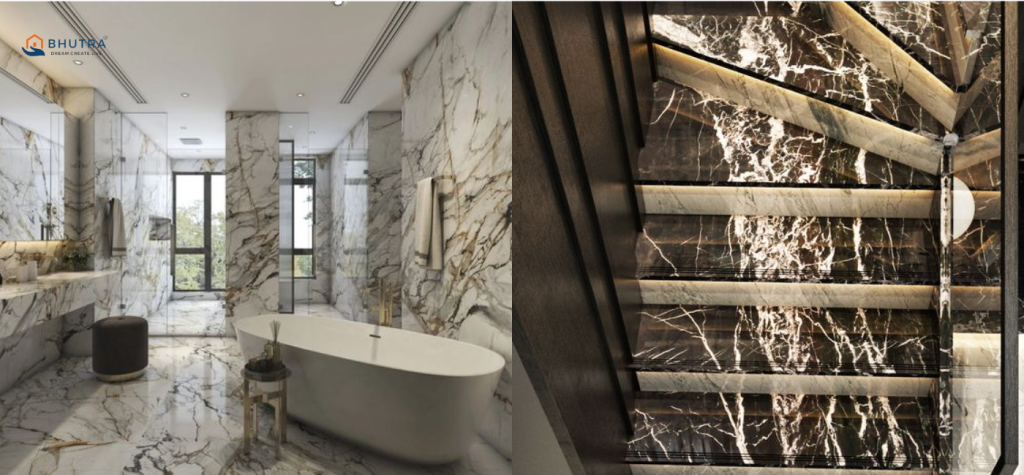
- Flooring: Italian marble is a luxurious flooring choice for high-end residential and commercial interiors due to its elegance and durability, making it ideal for grand entrances and formal living areas.
- Countertops: Marble countertops in kitchens and bathrooms offer a sophisticated, timeless look with its wide range of colors and veining patterns, suited to various design schemes.
- Wall Cladding: Marble wall cladding enhances interior spaces, adding luxury and enhancing architectural elements, making it suitable for residential bathrooms, hotel lobbies, and corporate offices.
- Bathroom Fixtures: Italian marble is commonly used in bathroom fixtures like sinks, vanity tops, and shower surrounds to enhance the aesthetic appeal and create a spa-like atmosphere.
- Furniture: Marble can be incorporated into interior design through furniture like coffee tables, dining tables, and side tables, enhancing the decor’s elegance and sophistication.
Travertine and Italian Marble are versatile interior design materials that can be effectively used to create visually stunning and inviting spaces that cater to various styles and preferences.
| 📱ENQUIRY! Send Your Inquiry Directly on WhatsApp |
Conclusion
Travertine and Italian marble are versatile and unique materials that can be used in various interior design applications. Travertine’s rustic charm and versatility make it ideal for creating warm spaces, while Italian marble’s timeless elegance and durability elevate the aesthetics.
Both materials contribute to visually stunning and functional interiors. Bhutra Marble & Granites in Kishangarh, Rajasthan, India, offers an extensive selection of high-quality travertine and Italian marble, renowned for their excellence and commitment to customer satisfaction.
We are the perfect partner for individuals and businesses seeking to elevate their interiors with the finest natural stone products, ensuring exquisite interior design that stands the test of time.
| 📱ENQUIRY! Send Your Inquiry Directly on WhatsApp |

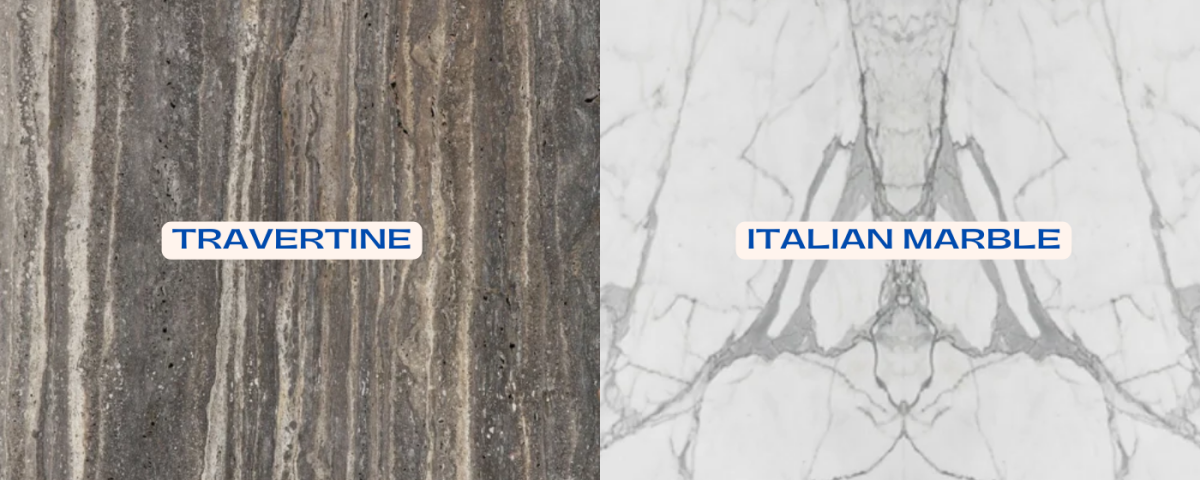
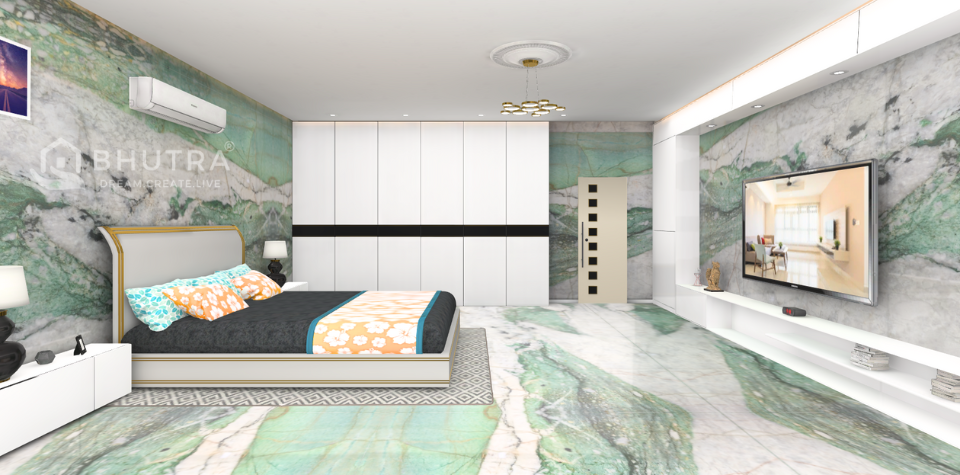


 WhatsApp
WhatsApp